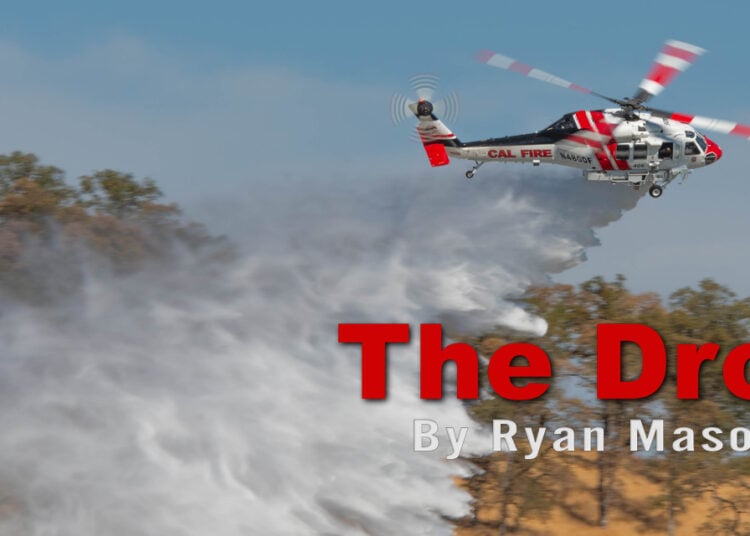When I was in high school, I didn't know what I wanted to do with my life or career. I knew I liked teaching people things. I had a passion for learning, but I knew I didn't want to teach kids, which led me to pursue adult education and training qualifications. From that point on, every job I have had, from being a police officer to leading the global training of a Fortune 100 company, has involved training people in one form or another.
That experience over the last 25 years has given me the ability to see the difference between a good training program and a bad one; hastily slapped together or has been designed not to pass on relevant knowledge or allow employees to gain new skills, but to fill a gap or tick a box. In the military, the term for this kind of training is “death by PowerPoint."
In my current role, I have been fortunate to see first-hand training taking place on both a small and a large scale, such as the training recently conducted in Colorado that you can read about in this issue. The one thing that I have noticed about training in the aerial firefighting world is that it is not only well delivered and essential, but it also has practical applications.
I believe that a lot of training delivered in the aerial firefighting world is so well received because it isn't the "death by PowerPoint" type training, but given to provide needed skills and knowledge and designed with one purpose in mind - to save lives.
Aerial firefighting is done for two main reasons, to protect lives and property. I have to admit when I first thought about doing stories related to training in our industry, I was pleasantly surprised that the perception I had of what I thought I would see did not match the reality of what I saw.
One of the takeaways I have from attending training events in this industry is that we are very different from any other aviation segment. I see more passion for learning and continual knowledge from aerial firefighting pilots because fire is an ever-changing beast and with that, so too is the industry and how we fight fires.
We are in a unique time in the aerial firefighting world where new technology appears rapidly. New products are entering the market that make firefighting safer or gives more options, like the recent arrival of Fortress retardant that is currently in testing in Boise, ID, or UAS technology like that deployed by Bridger Aerospace that maps fire progress. These are all products that require training and knowledge on how to operate or use new products and then knowledge on how it is applied in the field.
Training is not just an annual week-long event anymore; training can take place in an aircraft after a drop or on the airfield after getting back to base, not just in a classroom. For those that do the teaching, don't wait until that annual training event to teach something to a lower-time pilot; apply that knowledge in the field when time allows. These are the kind of lessons that are trained and retained, especially right after an event if there was an issue that training could help resolve. I have a saying that I have imparted over the years to many "knowledge is nothing without training." In a nutshell, you can hand someone a book and provide them the knowledge of how to do something, like learning to fly an aircraft, but without the practical application, a book will only take you so far. The training provides that hands-on instruction that makes the knowledge stick for kinesthetic learners like me, who are the "teach me, show me" types of learners.
The aerial firefighting industry does a great job providing ongoing learning opportunities to keep everyone safe, but there is always room for improvement. Training is a continuing process, and every learner is different; what works for one may not work for others. If you are a trainer, it is your job to find out the best way to apply the learning you are trying to teach. The one common goal everyone in this industry has with training is that everyone goes home at the end of the day.
Fly safe,
Ryan






